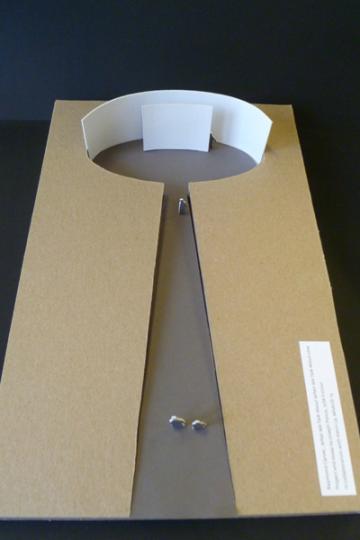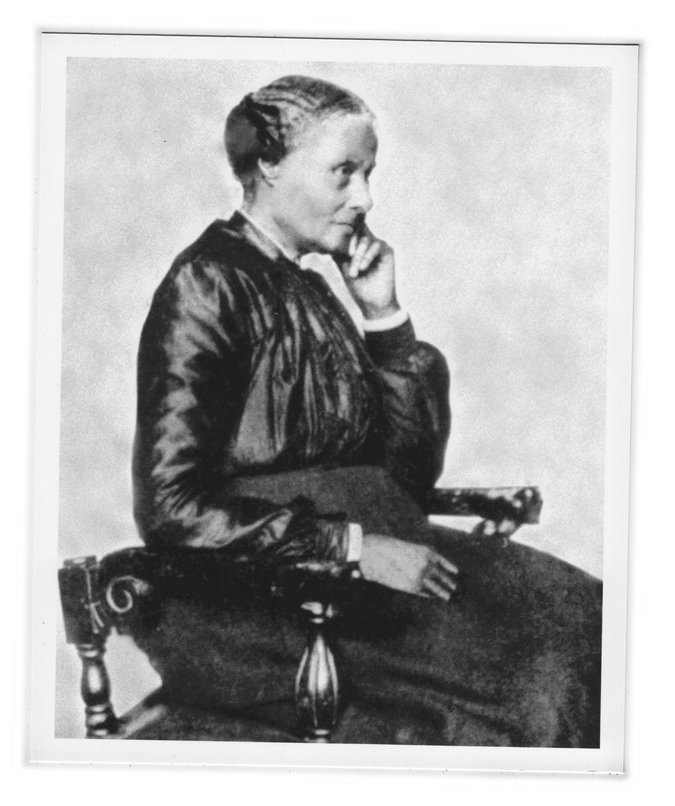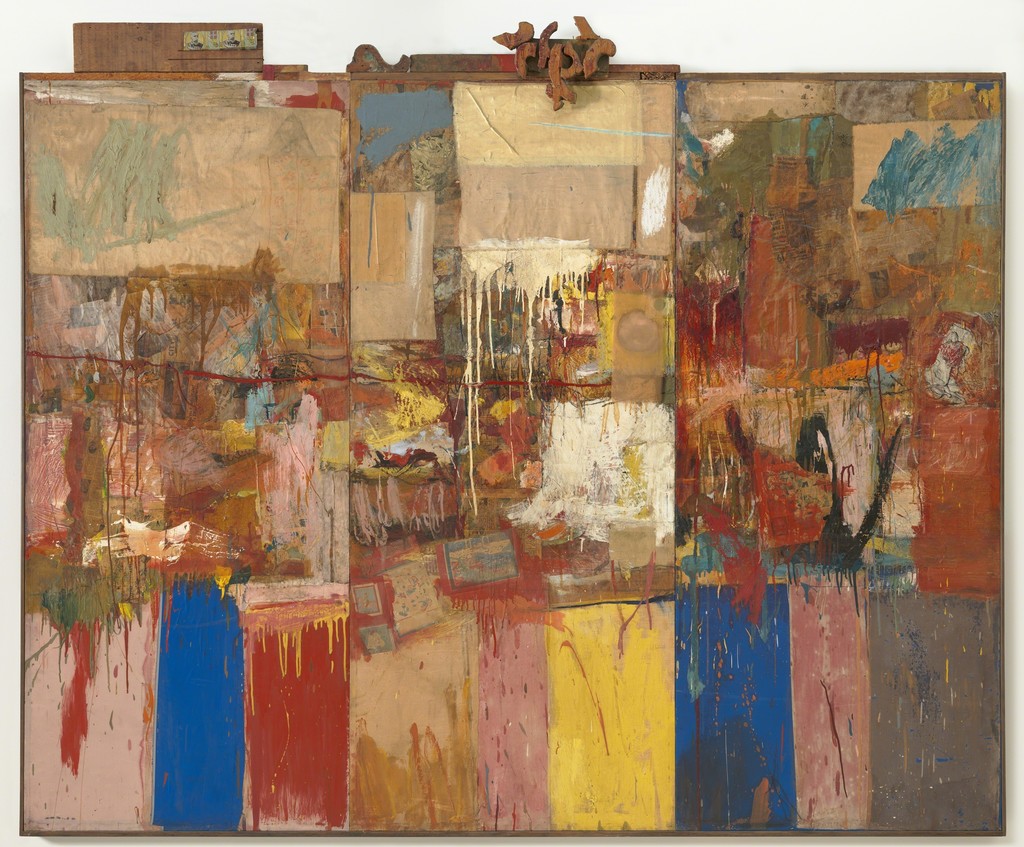YouTube ad-blocker users,Mika Muroi Archives prepare to stare at nothing for anywhere from 6 to 30 seconds.
Multiple YouTube usersare now reportingon social media that YouTube is serving them with blank ads or black screens before a video when they are using an ad-blocker extension. The black screens appear for the length of a typical YouTube pre-roll or ad insert before displaying the actual content of the video the viewer wants to watch.
In recent months, YouTube has made changes to stop users from skipping advertisements via third-party ad blocker extensions, which typically allow users to skip ads and jump right to the YouTube video content. Now, it appears that those ad-blocker users will still have to wait for their content, regardless of whether they can actually see the ad or not, which partially defeats the purpose of an ad blocker.
YouTube was obviously never fond of ad blockers, as advertisements on the platform are a major source of revenue for the company as well as its creators. However, YouTube really started to crack downon their use last year by serving ad-blocker users with a prompt to upgrade to another one of the company's revenue sources, YouTube Premium.
For $13.99 a month, YouTube viewers can enjoy an ad-free experience through official channels. In turn, YouTube and its creators make revenue off those users who get to legitimately skip ads.
YouTube Premium has been a success, crossing 100 million paying subscribers earlier this year. Yet, many YouTube viewers still utilize ad-blocker extensions. Last month, YouTube unveiled its next course of action. The company began testing our server-side ad injectionto further render ad blockers obsolete.
SEE ALSO: YouTube Premium might let you automatically jump to the most interesting part of a videoWhat does this mean? Previously, YouTube served video ads as a separate media component. The platform would basically show an ad before a video and then forward the viewer to the content once the advertisement was over. Ad blockers simply had to block the ad video, which in turn would immediately forward the user to the YouTube video that they wanted to watch.
With server-side ad injection, YouTube inserts the ad directly into the main YouTube video feed. Essentially, ad blockers can no longer see two separate pieces of media. It now appears as a single video stream. At the time, some ad blockers admitted that blocking ads would be more difficult but that there were still ways to do so. However, based on what ad-blocker users are seeing now, it appears that they are only achieving half of their intended goal. Ads are blocked but can't be skipped.
If ad-block users haven't experienced the black screen yet, it's likely because YouTube hasn't fully rolled out server-side ad injection across the platform. With YouTube's new ads, it seems like the only way to have an ad-free YouTube experience will soon be through YouTube Premium — at least until the ad blockers figure out a new workaround.
Topics YouTube
(Editor: {typename type="name"/})
 The best day to book your flight, according to Google
The best day to book your flight, according to Google
 Literary Architecture by Sadie Stein
Literary Architecture by Sadie Stein
 NYT's The Mini crossword answers for November 12
NYT's The Mini crossword answers for November 12
 Roblox avatars are helping Gen Z embrace their 'authentic selves'
Roblox avatars are helping Gen Z embrace their 'authentic selves'
 NYT Strands hints, answers for May 5
NYT Strands hints, answers for May 5
Best robot vacuum deal: Eufy Omni C20 robot vacuum and mop at record
 SAVE $300: As of May 6, get the Eufy Omni C20 robot vacuum and mop for $399.99 at Amazon. That's a d
...[Details]
SAVE $300: As of May 6, get the Eufy Omni C20 robot vacuum and mop for $399.99 at Amazon. That's a d
...[Details]
Oxford's Word of the Year? 'Goblin mode.'
 The whole word is going goblin mode, it seems. The good folks over at Oxford, the published behind t
...[Details]
The whole word is going goblin mode, it seems. The good folks over at Oxford, the published behind t
...[Details]
How Mary Ellen Pleasant Fought 19th
 A Girl Full of SmartnessBy Edward WhiteJune 2, 2017The Lives of OthersAs an entrepreneur, civil-righ
...[Details]
A Girl Full of SmartnessBy Edward WhiteJune 2, 2017The Lives of OthersAs an entrepreneur, civil-righ
...[Details]
It’s Time to Formulate an Opinion on Rauschenberg (Everyone’s Doing It)
 Strong Words About Dead Artists, and Other NewsBy Dan PiepenbringApril 25, 2017On the ShelfRobert Ra
...[Details]
Strong Words About Dead Artists, and Other NewsBy Dan PiepenbringApril 25, 2017On the ShelfRobert Ra
...[Details]
'The Last of Us' Season 2, episode 5: The spores are here!
 Craig Mazin and Neil Druckmann's HBO adaptation of The Last of Ushas stuck pretty close to the Naugh
...[Details]
Craig Mazin and Neil Druckmann's HBO adaptation of The Last of Ushas stuck pretty close to the Naugh
...[Details]
Pour One Out for Branwell Brontë—the Guy Gets No Respect
 Pour One Out for Branwell, and Other NewsBy Dan PiepenbringJune 27, 2017On the ShelfGive the guy a l
...[Details]
Pour One Out for Branwell, and Other NewsBy Dan PiepenbringJune 27, 2017On the ShelfGive the guy a l
...[Details]
1,000 TikToks experiment suggests the app is 30 percent ads
 Just how much advertising and affiliate content are you exposed to on TikTok? About as much as you'd
...[Details]
Just how much advertising and affiliate content are you exposed to on TikTok? About as much as you'd
...[Details]
'The Marvels' did Aladna wrong
 The Marvel Cinematic Universe lovesto bring in not only strange new worlds but also strange new mult
...[Details]
The Marvel Cinematic Universe lovesto bring in not only strange new worlds but also strange new mult
...[Details]
Outdoor speaker deal: Save $20 on the Soundcore Boom 2
 SAVE $20: As of May 13, Anker's Soundcore Boom 2 speaker is on sale for $119.99 instead of $139.99 a
...[Details]
SAVE $20: As of May 13, Anker's Soundcore Boom 2 speaker is on sale for $119.99 instead of $139.99 a
...[Details]
Susan Howe Introduces Her Latest Collection of Poems, “Debths”
 From the Foreword to DebthsBy Susan HoweJune 27, 2017First PersonFrom the cover of Debths.The below
...[Details]
From the Foreword to DebthsBy Susan HoweJune 27, 2017First PersonFrom the cover of Debths.The below
...[Details]
接受PR>=1、BR>=1,流量相当,内容相关类链接。